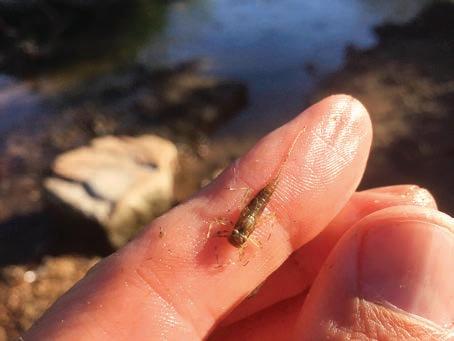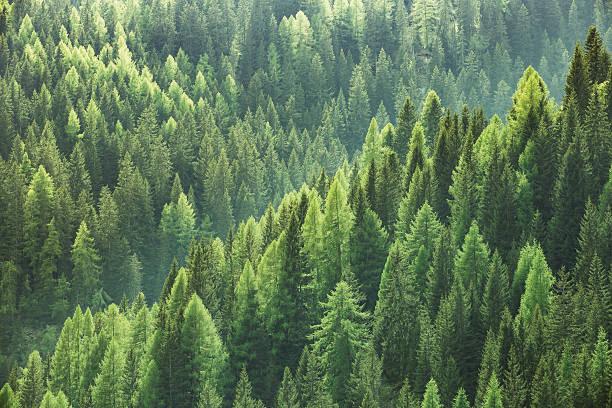
1 minute read
Front Range oil and gas emissions are the targets of legislation Democrats push issue
BY SAM BRASCH COLORADO PUBLIC RADIO

Colorado lawmakers are set to propose new legislation to better understand and regulate the oil and gas industry’s contribution to ozone pollution along the Front Range.
e announcement came during a Feb. 21 event at the state Capitol arranged by the Colorado Public Interest Research Group and Colorado Mountain Mamas to call for new policies to address the persistent pollution problem. e groups timed the event to take place 100 days before the start of the next ozone season.
At the press conference, state Rep. Jennifer Bacon, a Democrat from Denver, said one potential solution is to give air regulators more oversight over new oil and gas drilling.
Together with fellow Democratic state Rep. Jenny Willford of Northglenn, she plans to introduce a bill in the coming weeks that would require the state to estimate the impact of every proposed drilling plan — and only approve projects that won’t exacerbate local air pollution problems.
“We have to be sure that before they operate, we understand what kind of impact they’re going to have on our air quality,” Bacon said.
e upcoming proposal would be the latest attempt to tackle one of the region’s toughest air quality issues.
Ground-level ozone is a wellstudied lung irritant associated with heart attacks, childhood asthma and premature death. It blankets the Front Range each summer when two categories of pollutants — nitrogen oxides and hydrocarbons — react in the atmosphere amid heat and sunlight.
While a majority of the pollution blows in from outside Colorado’s borders, state data suggests local emissions sources push concentrations above permissible levels set by the federal government. e World Health Organization has recommended even lower health standards for ground-level ozone.
New data suggests oil and gas operations play the largest role of any local emissions source along the Front Range. Last year, Colorado air regulators revealed an error had led them to vastly underestimate the impact of drilling and hydraulic fracturing. eir revised modeling showed those two activities alone will likely add more critical ozonecausing pollutants than every car and truck along the Front Range.
Oil and gas groups dispute the new estimates, saying they’re based on a awed analysis of industry data.

What isn’t up for debate are ozone readings at local monitors. e results have drawn increased scrutiny from the U.S. Environmental Protection Agency, which reclassi ed the Front Range as a “severe” ozone violator last year. e American
SEE EMISSIONS, P23










